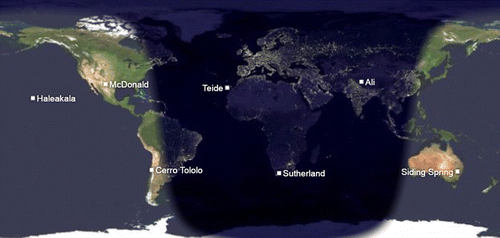Figures & data
Figure 1. Examples of early telescope education projects. Source: Left: Image Credit: Jatila Van Der Veen, UCSB. Right: Image credit: Lou Mayo, NASA.
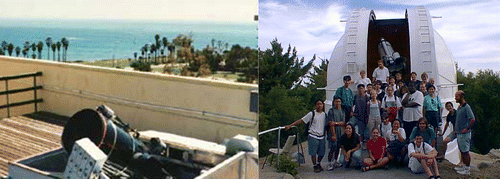
Figure 2. Estimates of the light pollution for three typical modern cities, Sao Paulo, Melbourne and Cardiff.

Figure 3. Examples of robotic telescope user interfaces.
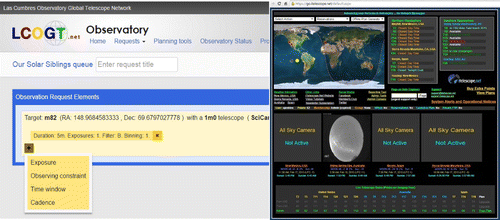
Figure 4. An image of the BRT, now the Autonomous Robotic Telescope, at its site on Teide, Tenerife. Source: Image credit: Gordon Chesterman, GC Media Tenerife.
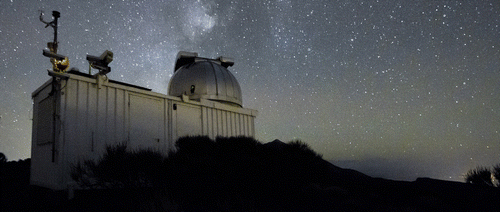
Figure 5. On the left (L) is one of the 6” MicroObservatory telescopes. On the right (R) is the 12” telescope of the Charles Sturt University Remote Telescope Project. Source: Left: Image credit: Mary Dussault, MicroObservatory.
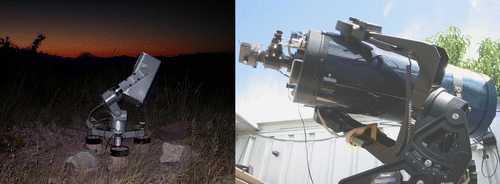
Figure 6. The 2-m class telescopes.
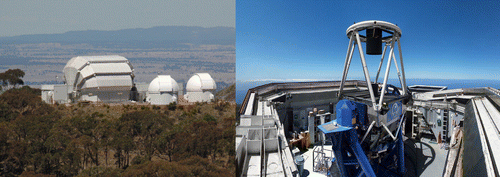
Figure 8. The Chilean site of SkyNet showing the six 16” PROMPT telescopes. Source: Image credit: by Oscar Saa.

Figure 9. The wide range of small to medium aperture instruments available through iTelescope. Source: Image Credit: Peter Lake, iTelescope.
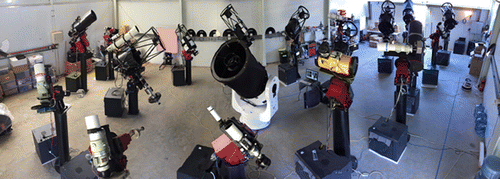
Figure 11. High School students and their teacher interact with LCO telescopes and analyse supernovae data through the Faulkes Telescope Project. Source: Image Credit: Faulkes Telescope Project.
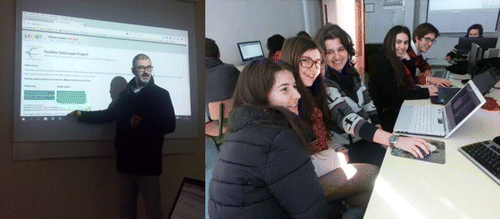
Figure 12. An example of a class who participated in the IASC All-India Asteroid Search Campaign in 2016. Source: Image Credit: Patrick Miller, IASC.
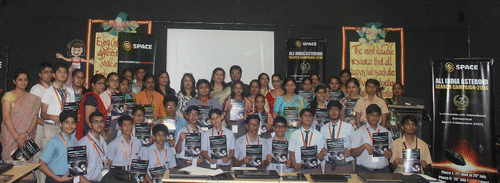
Figure 13. An example of a student constructed image of an open cluster and its colour-magnitude diagram from the Our Solar Siblings project.

Figure 14. An instructor with students participating in the HISTAR programme in Hawaii. Source: Image Credit: JD Armstrong, University of Hawai’i.
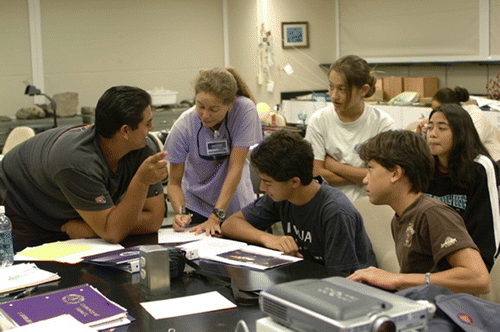
Figure 15. The 17” PIRATE Telescope run through The Open University, while located in Mallorca before moving to Tenerife in 2016. Source: Image Credit: Ulrich Kolb, The Open University.
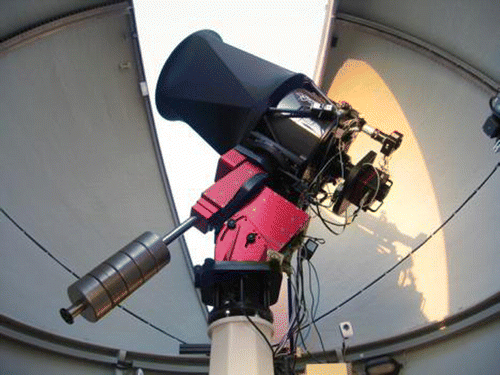
Figure 16. On the left (L), members of NITARP presenting their poster at the January 2017 AAS meeting. On the right (R), high school students present their results from their use of the LCO 2-m telescopes in the Space to Grow programme. Source: Left: Image Credit: Luisa Rebull, NITARP.
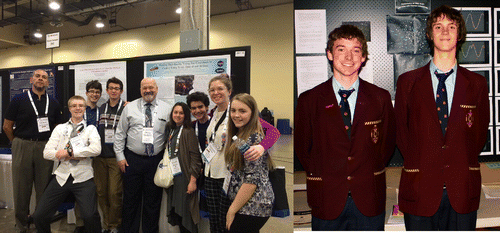
Table 1. Relevant concept inventories to robotic telescope projects.
Table 2. Relevant psychometric surveys to robotic telescope projects.

